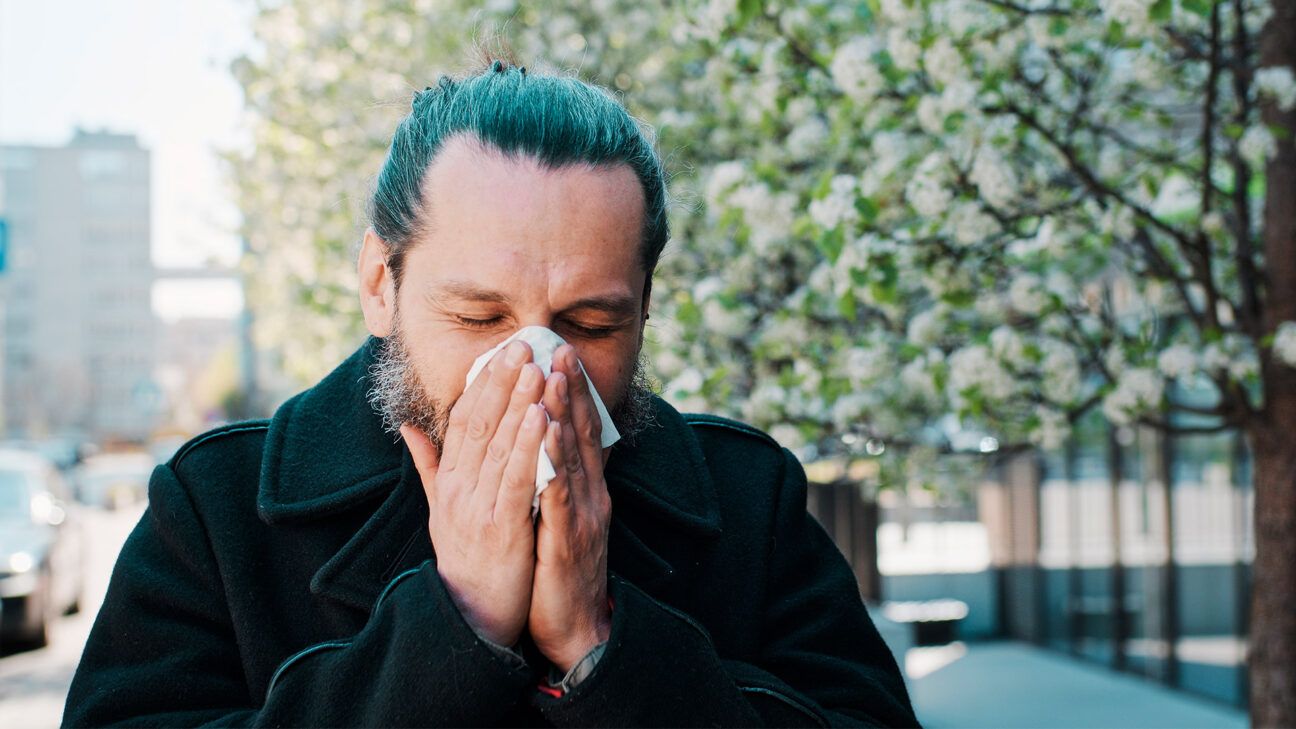Males Who Skip Prostate Screenings Could Face 45% Higher Risk of Death: Study

- Men who avoided prostate cancer screening were significantly more likely to die from the disease, according to a large European trial.
- The reasons for ignoring screening are complex but may be related to a lack of education about the risks and benefits of prostate cancer screening.
- Prostate cancer is the second most common cancer in males after skin cancer.
Men who avoid prostate cancer screening face a significantly greater risk of dying from the disease, concludes a large European trial. Yet questions remain about why some males are hesitant to attend screenings and what can be done to encourage them.
Given the opportunity to screen for prostate cancer with a prostate-specific antigen (PSA) test, a significant number of males choose not to attend — a decision that may have serious health implications.
A new analysis of the European Randomized Study of Screening for Prostate Cancer (ERSPC), the world’s largest prostate cancer screening study, has identified this “screening avoidance” as a major mortality risk factor.
The findings were presented at the European Association of Urology Congress 2025, March 21–24, in Madrid, Spain. The research has not yet been published in a peer-reviewed scientific journal.
Researchers performed a subanalysis of the massive study, which included the participation of more than 72,000 males invited for prostate cancer screening and 20 years of follow-up.
The results indicate that roughly 1 in 6 males (over 12,400) skipped all of their screening appointments, leading to a 45% higher risk of death from prostate cancer compared to those who did attend their screenings.
PSA testing has a long and sometimes contentious history as a screening method for prostate cancer that has led to serious debate about both its potential benefits and harms. However, newer research and other advancements in the field appear to be shifting the balance in favor of the benefits of prostate cancer screening.
“There’s good evidence that it prevents deaths. But the concern has always been that the side effects create an unclear balance of benefits to harms,” Robert Smith, PhD, senior vice president of Early Cancer Detection Science at the American Cancer Society, told Healthline. Smith wasn’t involved in the study.
“These findings, in a very large study with a very long-term follow-up, show a pretty dramatic benefit of screening,” he said.
Prostate cancer screenings lower death risk by 23%
Researchers from the Department of Urology, Erasmus MC Cancer Institute at the University Medical Center Rotterdam, The Netherlands, dubbed their analysis “The good, the bad, and the ugly,” as their findings identified benefits to PSA testing, but also significant barriers due to patient behavior.
Participants, consisting of males ages 55 to 69 years old, were randomized to one of two groups: those who were invited to attend screening appointments and those who were not (the control group).
Among the males invited to the screenings, a significant portion, dubbed “non-attenders,” skipped their screenings.
The so-called non-attenders were significantly more likely to die from prostate cancer than those who did attend. However, the findings get even more interesting compared to the control group.
Males who attended the screenings had a 23% lower risk of dying from prostate cancer compared to the control, while non-attenders had a 39% higher risk.
Furthermore, the benefits of screening are also likely understated due to the study design, which analyzed the entire group invited to screen, regardless of whether they actually attended.
“Non-attenders can dilute the benefit of screening when the data is analyzed. It’s a downward drag on the outcome of those who are randomized to screening and actually show up in the first place,” said Geoffrey Sonn, MD, an associate professor of urology at Stanford Medicine who wasn’t affiliated with the research.
The flip side of this is that males who decline screening have a stark increase in risk of dying from prostate cancer compared to those who attend.
“This is the type of long term, randomized data that helps to put to rest the prior concerns that PSA testing may not be effective,” Jeffrey Tosoian, MD, MPH, an assistant professor of urology and director of Translational Cancer Research at Vanderbilt University Medical Center, told Healthline. Tosoian wasn’t involved in the study.
“Ultimately, the challenge lies in translating theoretical strategies into practice in a feasible and sustainable way to reach men across different populations and cultural and socioeconomic backgrounds,” lead study author Renée Leenen, MD, a PhD candidate in urology at Erasmus MC Cancer Institute, University Medical Center Rotterdam, Department of Urology, Rotterdam, The Netherlands, told Healthline.
Why do men skip prostate cancer screenings?
The reasons why men might skip prostate cancer screening are complex; they also fall outside the scope of the current research. However, experts interviewed by Healthline offered a range of reasonable possibilities.
“There may be something that’s just different about a person who’s involved in a trial and told to do one thing that just doesn’t come in to be seen. They may not take as good a care of themselves in general,” said Sonn.
That is, males who choose to skip a screening might be “care avoidant,” opting to forego preventive care and other healthy behaviors.
Tosoian suggested that outdated or incorrect information about PSA testing could also be a factor in dissuading men from attending.
“Perhaps some heard years ago that PSA screening might not be helpful, and that really stuck with them, so they’ve never really looked into it again,” he said.
Leenen noted some of the most common barriers also include:
- Practical concerns, such as time and money to attend screening.
- Not understanding risks of prostate cancer.
- Lack of knowledge about screening (especially in younger males).
1 in 8 men will be diagnosed with prostate cancer
Prostate cancer is the second most common cancer in males after skin cancer. About 1 in 8 men will be diagnosed with prostate cancer during their lifetime.
Globally, there are roughly 1.4 million new prostate cancer cases yearly, but according to The Lancet Commission on Prostate Cancer, that number is expected to more than double to 2.9 million cases in 2040.
With cases surging, what strategies can be adopted to address the 1 in 6 males who actively choose to avoid screening?
“A big component of this is education and the need for the population to understand the risk that prostate cancer poses,” said Tosoian.
Although screening recommendations for prostate cancer are narrow compared to some other forms of cancer, males at average risk should consider one at age 50, and those with higher risk might consider screening as young as 40.
According to Leenen, the most important factor in getting men to attend screening is the social aspect.
If a friend or partner prompts a man about screening, they are more likely to investigate it. Having a loved one or family member with cancer may also encourage men to seek screening.
Leenen cited education on prostate cancer risks, doctor-recommended screening, and prioritizing self-care as potentially motivating factors.
“Of these, the role of partners is particularly important in men undergoing screening for prostate cancer,” Leenen said.
Males Who Skip Prostate Screenings Could Face 45% Higher Risk of Death: Study Read More »


